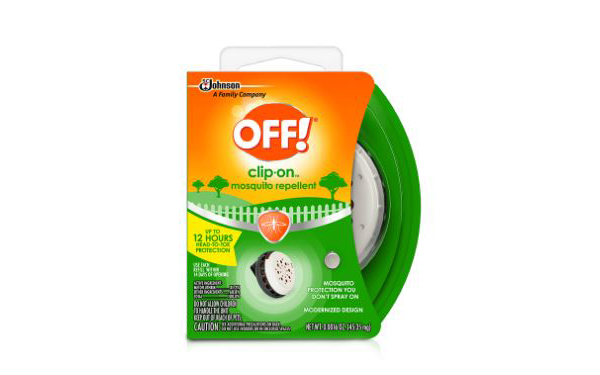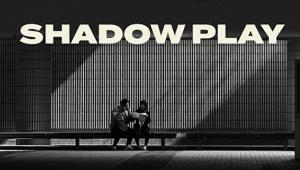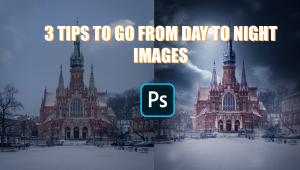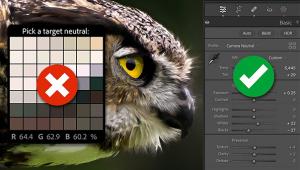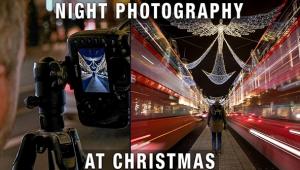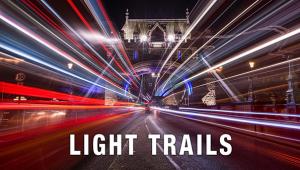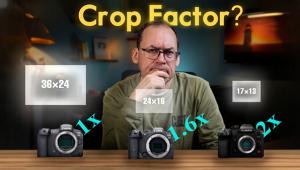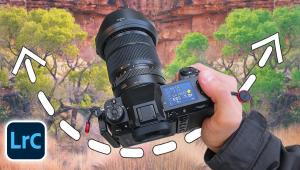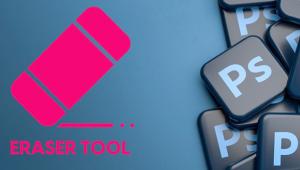Hot Tips (How Photographers Can Cope with Hot Summer Weather)

Don’t lose your cool—or your camera equipment—when summer temperatures rise. Follow these tips when it’s Hot As Fahrenheit.
July and August are traditionally the hottest months in most parts of the US. This holds true for New York, Chicago, Los Angeles and especially Florida, where the daily high temperature in Miami averages 91 degrees in August.
Synthetic climate change appears to be exacerbating the situation. Europe is currently suffering from a deadly heat wave, with our friends in France being hit particularly hard. June 2019 was reportedly the hottest month ever, and it’s rumored that Anchorage, Alaska may hit 90 next week for the first time in recorded history.
It’s important to keep yourself covered and hydrated, as we all know. It’s also important to protect camera equipment from the ravages of solar radiation.

Black is the new silver
Black is currently the most popular color for cameras and lenses. Unfortunately, black is very, very good at absorbing heat. Metals and plastics of all colors expand when heated. Excessive heat can weaken the adhesive that cements lens elements together. In extreme cases, heat can cause acrylic-composite lens elements to become slightly deformed. Heat can also wreak havoc on camera bodies. I’m just full of good news, aren’t I?
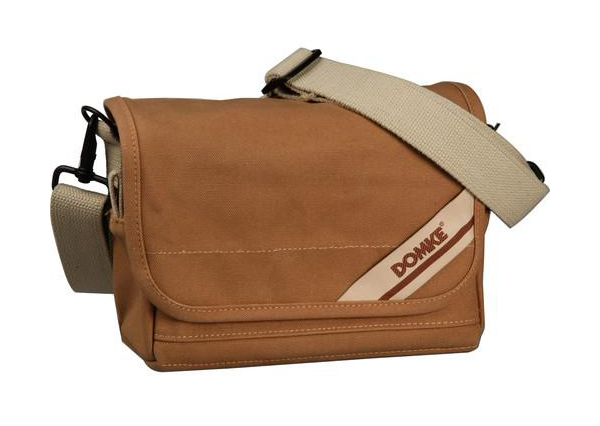
One partial remedy is to carry your gear in a light-colored gadget bag. Domke canvas bags come immediately to mind. Light gray is also a good color choice.
If you must be exposed to direct sunlight for extended periods of time, while seated in a sports stadium for example, keep a towel at hand and cover the equipment when practical, even during use if possible. I use a large 18-percent gray microfiber cloth. In addition to reflecting a bit of the sun it also doubles as a White Balance target and can be used to wipe the LCD or lens.
Avoid leaving your camera in the car on hot days. The trunk is generally cooler than the passenger compartment and provides greater concealment and security, anyway. An inexpensive, soft-sided, insulated lunch cooler makes an okay in-car gadget bag.

And don’t forget that a camera sitting on the passenger seat can warm up fast if hit by direct sun. Stow a towel or microfiber in the car and keep the equipment covered. Not to go too far overboard, but a five-dollar NASA Emergency Blanket (Space blanket) is an ideal automobile accessory and can even double as a make-do lighting reflector in a pinch.
Black tripods and monopods can get very hot very fast too. If an object is too hot to be held comfortably in your bare hands, it’s too hot to use. No, a tripod probably won’t warp or become unstable, but if you attach a camera to a hot tripod head it can potentially damage the camera’s base plate or the electronics therein.
Beware the Vorpal SPF
Summer is the time for sunscreen, another one of your camera’s enemies. Put SPF 50 on your arms and face if you want, but keep it away from your camera. The ingredients can potentially damage lens coatings and LCD displays.
At the very least, sunscreen can leave an oily residue that attracts dirt. Pack some paper towels and use them to thoroughly clean and dry your hands after applying any chemical concoction. If you opt for wetnaps, confirm that they are free of fragrance and skin softeners, otherwise they might do as much harm as good. Finally, keep an extra microfiber cloth in your bag and wipe the LCD clean after it brushes your cheek.
BTW, the other summertime favorite, insect repellent, is even more hazardous for photographic equipment. Consider a clip-on bug badge like the one from Off! or something similar.
Sunglasses
If you wear photochromic eyeglasses which automatically darken when exposed to ultraviolet light, consider an alternative when you’re out taking pictures. Lenses that change density make it nearly impossible to accurately judge colors.
If your eyes need UV protection, go with the traditional, non-transition sunglasses. They’re better for photographers because they’re always the same color and same opacity. I avoid Polarized sunglasses because they darken most LCD displays beyond readability. Talk to your eye doc about “true gray” lenses that are neutral in color and reduce brightness without affecting the hue.
The Sun
Shouldn’t be any need to explain this one. Never, ever point a camera directly toward the sun. Not even when you’re not looking through it.
Use a lens shade—they do help. Even indoors they help you avoid bumping the front of the lens into something unforgiving, so my advice is use them all the time.
—Jon Sienkiewicz
- Log in or register to post comments
